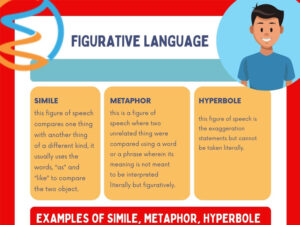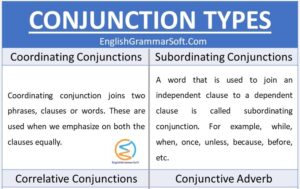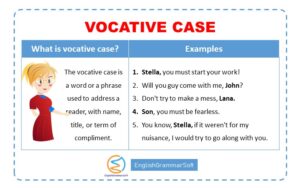5 Examples of Onomatopoeia in Literature
Onomatopoeia
It is a figure of speech in which the sound reflects the sense. It is the employment of words that imitate the sound or echo the sense. It creates a sound effect that mimics the description of words expressive and interesting. For example, dong, crackle, moo, pop, whizz, whoosh, zoom.
Common Examples of Onomatopoeia
- The flag flapped in wind.
- Both bees and buzzers buzz.
- Emma was disturbed by the strange moaning.
- When the wind blew the leaves rustled.
- Time just keeps on ticking.
Examples in Literature
It is very common in verse and fairly common in prose and is found in many pieces of literature at all times.
He saw nothing and heard nothing but he could feel his heart pounding and then he heard the clack on stone and the leaping, dropping clicks of a small rock falling.
Ernest Hemingway, For Whom the Bell Tolls
In these lines, the cooing of the doves and the humming of the bees are examples of onomatopoeia.
“The moan of doves in immemorial elms
And murmuring of innumerable bees.”
Tennyson
In these lines, vowel sounds in the second line suggest the idea of loud thundering noise.
“Rend with tremendous sound your ears asunder,
With gun, drum, trumpet, blunderbuss, and thunder.”
The whole passage is subtly onomatopoeic, the rhythm of the second line is a beautifully skillful evocation of the clickety-clack of wheels on rails.
When the train starts, and the passengers are settled
To fruit, periodicals and business letters
Their faces relax from grief into relief,
To the sleepy rhythm of a hundred hours
Eliot’s Dry Salvages
Pope’s obiter dictum that the ‘sound must seem an echo to the sense’ is profoundly true of poetry in general. The following lines from D.H. Lawrence’s poem “Snake illustrate the point”,
He reached down from a fissure in the earth-wall in the gloom
And trailed his yellow-brown slackness soft-bellied down, over the edge of the stone through
And rested his throat upon the stone through
And rested his throat upon the stone bottom,
And where the water had dripped from the tap, in a small clearness,
He sipped with his straight mouth,
Softly drank through his straight gums, into his slack long body, silently.
In the rhythm, motion and length of the lines and in the totality of the sound effects Lawrence has suggested very well the sinuous and slow progression of the reptile. The sound effects are, so to speak, visual as well as aural.
Further Reading
- Onomatopoeia Uses
- Types of Paradox in Literature
- Oxymoron Examples from Literature
- Synecdoche Examples in Literature
- Figures of Speech with Examples
- Antithesis Examples in Literature
- Euphemism Figure of Speech
- Pun Figure of Speech
- Metonymy Classification & Examples
- What is a simile in literature? How to write a good simile?
- Types of Metaphor with Examples
- Apostrophe as a Figure of Speech
- Personification with Examples
- Hyperbole Definition and Examples
- Fable Meaning and Examples in Literature
- What is Epigram in Figure of Speech?

![Worksheets on Simile and Metaphor [with answers]](https://englishgrammarsoft.com/wp-content/uploads/2021/08/worksheet-on-simile-and-metaphor-2-min-300x210.jpg)




